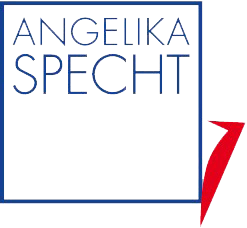Way of working
The way my team and I operate are closely linked to the metaphor of a garden. In my experience, there are five essential steps for consulting and training: analysis - creation of a concept - execution - evaluation - analysis. No concept and no client is alike. Therefore, I emphasise synthesising a variety of measures that are tailored to the individual case, utilising Donald Kirkpatrick’s four-level model as a guide in the process.
Analysis
In the analysis phase, the client’s expectations and the measures’ goals are determined. In conversations with decision makers and/or executives, concrete targets will be ascertained. To go along with or to deepen my analysis, I use employee diagnostics (eg. ProfilingValues ®, PSI, KodeX ®, DiSG ®) as well as other instruments such as force field analysis, structured interviews etc. are used.
Concept Creation
In this step, I integrate the analysis phase’s results into a goal- and result-oriented concept with content that is individually tailored and sharply focused. All of this is coordinated with the customer. Initially, this requires a large time commitment from both client and consultant. However, this pays off as the measures will in turn be widely accepted and accurate in terms of their scope.
The concepts are very varied in nature – they include kick-off speeches, half-day seminars, training on the job, a series of workshops or even multi-day events composed of multiple elements. The selected methods vary from experience-oriented diverse tasks, exercises with fitting working and reflection questions that are tailored to the case to role-play scenarios, discussions and feedback processes.
Execution
In the execution of the previously determined measure, I put a great emphasis on working in a process-oriented manner while bearing in mind both the concept’s goals and the participants’ individuality. For me, this means developing a programme that is flexible enough to be adapted to the personal development, requirements and needs of the target group. This generates an optimal outcome for all participants.
Evaluation
In the evaluation process, initially defined goals will be compared and contrasted with both the measure’s results and the associated visible changes. In regular intervals, I will verify alongside the client whether a successful transfer of the concepts into workplace situations has taken place. If needed, the concept will be adapted or another analysis will be conducted.
There is a wide array of feedback and support mechanisms:
conversations about concept execution or general feedback
photo protocols and/or video sequences
seminar reports about general tendencies of participants
support via telephone or email
accompanying executives and guiding them in supervising their employees’ concept execution
follow-up or higher levels training sessions
